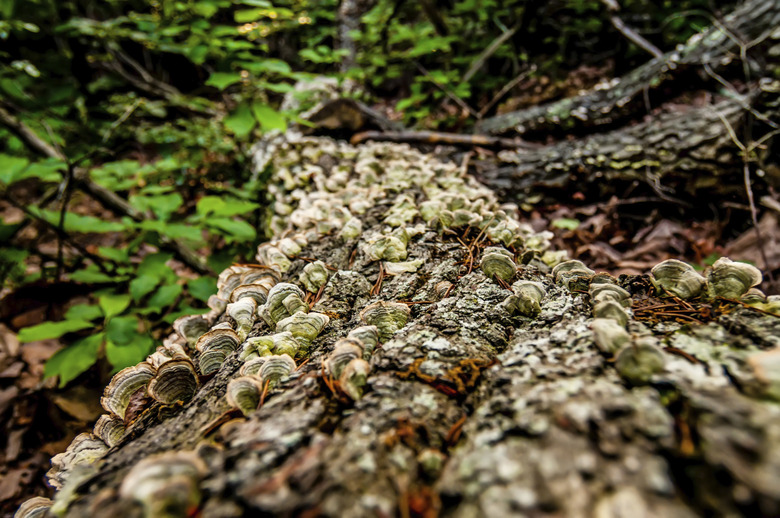Facts About The Rainforest Layers
The rain forest environment has four layers. These layers provide the plants and animals with the food and conditions they need to live. The rain forest is a hot humid rainy ecosystem where the most diverse plants and animals in the world live. Each layer has a unique purpose with its own species of plants and animals. Each layer helps to sustain the total environment.
Emergent Layer
Emergent Layer
The emergent layer is the highest level of the rain forest layers. The tall trees deal with the extreme patterns in weather. They deal with hot sun, drenching rains and steady winds. Animals that live in the emergent layer must adapt to the condition of the climate. Many of the animals that fly or glide exist here, such as the harpy eagle, capuchin monkeys, macaws and sloths. Some live in the trees, never leaving that habitat to find food and shelter.
Canopy Layer
Canopy Layer
This canopy layer holds more animals than any other layer. It is described as a roof over the forest. It is dense, so little light gets to the lower layers. It has high humidity. The trees are designed to adapt to dealing with humidity and drying off quickly. The trees have fruit with seeds that birds, monkeys and other animals eat. Often the animals spread the seeds throughout the rain forest. There are spider and howler monkeys, 950 species of beetles, anteaters, reptiles and lizards in the canopy layer.
Understory Layer
Understory Layer
The understory layer below the canopy has younger trees, smaller plants and trees. It is darker and is more hot and humid than the canopy. It has many tropical plants, such as prayer plants and zebra plants. Blossoms often grow on sides of trees and have strong scents to attract pollinators such as the hawk moth. The understory layer has animals such as tree snakes, jaguars, tree frogs and ant birds.
Forest Floor Layer
Forest Floor Layer
The last level of the rain forest is the forest layer. It is the darkest level with the least amount of light. The air is humid and still. The plants consist of mostly fungi and other plants. Decaying leaves and plants provide foods for insects, centipedes, beetles and earthworms. Many underground roots and tubers feed other animals, such as the armadillo. Other animals on this layer are peccaries, wild pigs, wild boars and tapirs.
Location and Enviroment
Location and Enviroment
Rain forests are located in hot humid locations near the equator. This part of the world has more direct sun on land and sea than anywhere in the world. The air is capable of holding more water vapor, which is why it rains almost every day.
Cite This Article
MLA
Russell, Joan. "Facts About The Rainforest Layers" sciencing.com, https://www.sciencing.com/rainforest-layers-5365735/. 24 April 2017.
APA
Russell, Joan. (2017, April 24). Facts About The Rainforest Layers. sciencing.com. Retrieved from https://www.sciencing.com/rainforest-layers-5365735/
Chicago
Russell, Joan. Facts About The Rainforest Layers last modified March 24, 2022. https://www.sciencing.com/rainforest-layers-5365735/





